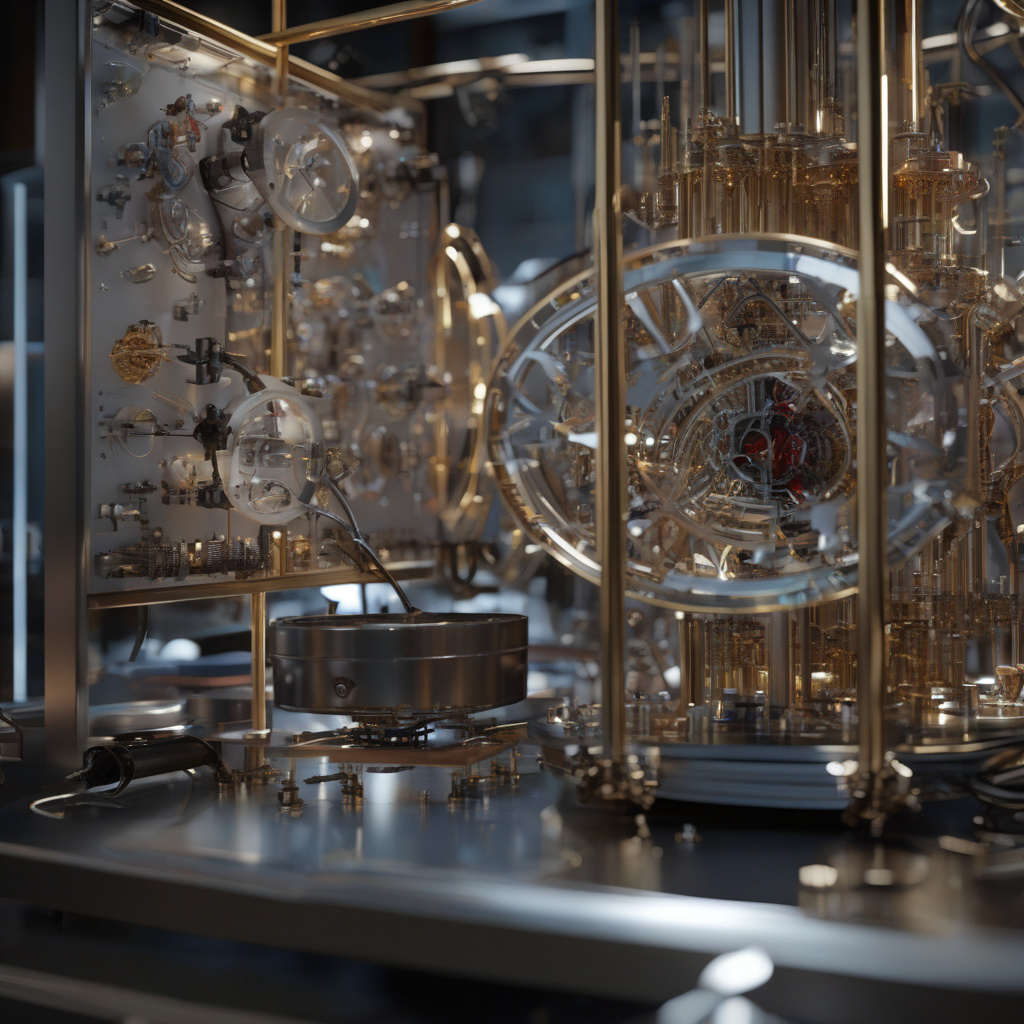MIT Physicists Double Precision of Optical Atomic Clocks with New Quantum Method
Atomic clocks, which power GPS, online transactions, and data networks, just became more precise. MIT physicists have developed a new quantum method that has doubled the precision of optical atomic clocks. This breakthrough is poised to revolutionize various industries that rely on ultra-precise timekeeping.
Traditional atomic clocks operate by measuring the vibrations of atoms as they move between energy states. The more stable the atoms, the more accurate the clock. Optical atomic clocks take this a step further by using optical frequencies, which are much higher than microwave frequencies used in traditional atomic clocks. This allows for even greater precision in timekeeping.
MIT’s new quantum method involves using a feedback loop that measures and corrects any deviations in the clock’s ticking rate. By continuously monitoring the atoms and making real-time adjustments, the clock can maintain an unprecedented level of accuracy. This innovation effectively eliminates small errors that can accumulate over time, resulting in a clock that is twice as precise as before.
The implications of this advancement are far-reaching. Industries that require extremely accurate timekeeping, such as telecommunications, financial services, and scientific research, stand to benefit significantly. For example, GPS systems rely on atomic clocks to provide accurate location data. With the enhanced precision of optical atomic clocks, GPS accuracy could be improved, leading to better navigation systems and location-based services.
In the world of finance, high-frequency trading platforms depend on precise timestamps to execute trades with split-second accuracy. The increased precision of optical atomic clocks could give these platforms a competitive edge by reducing latency and ensuring that transactions are processed at the optimal moment.
Scientific research is another area that will be transformed by this breakthrough. Experiments that require precise synchronization, such as particle accelerators and telescopes, will benefit from the improved accuracy of optical atomic clocks. Researchers will be able to make more accurate measurements and observations, leading to new discoveries and advancements in various fields.
The development of this new quantum method underscores the importance of pushing the boundaries of technology. By continuously striving for greater precision and accuracy, scientists can unlock new possibilities and revolutionize industries. MIT’s achievement in doubling the precision of optical atomic clocks is a testament to the power of innovation and the potential for quantum technology to shape the future.
As we look ahead to a world that is increasingly reliant on precise timekeeping, the implications of this advancement are clear. From improving GPS systems to enhancing financial transactions and advancing scientific research, the impact of more precise optical atomic clocks will be felt across industries. MIT’s groundbreaking work serves as a reminder of the endless possibilities that lie at the intersection of quantum physics and technological innovation.
MIT physicists have set a new standard for precision in timekeeping, paving the way for a future where accuracy knows no bounds.
MIT, Physics, Quantum, Precision, Innovation












